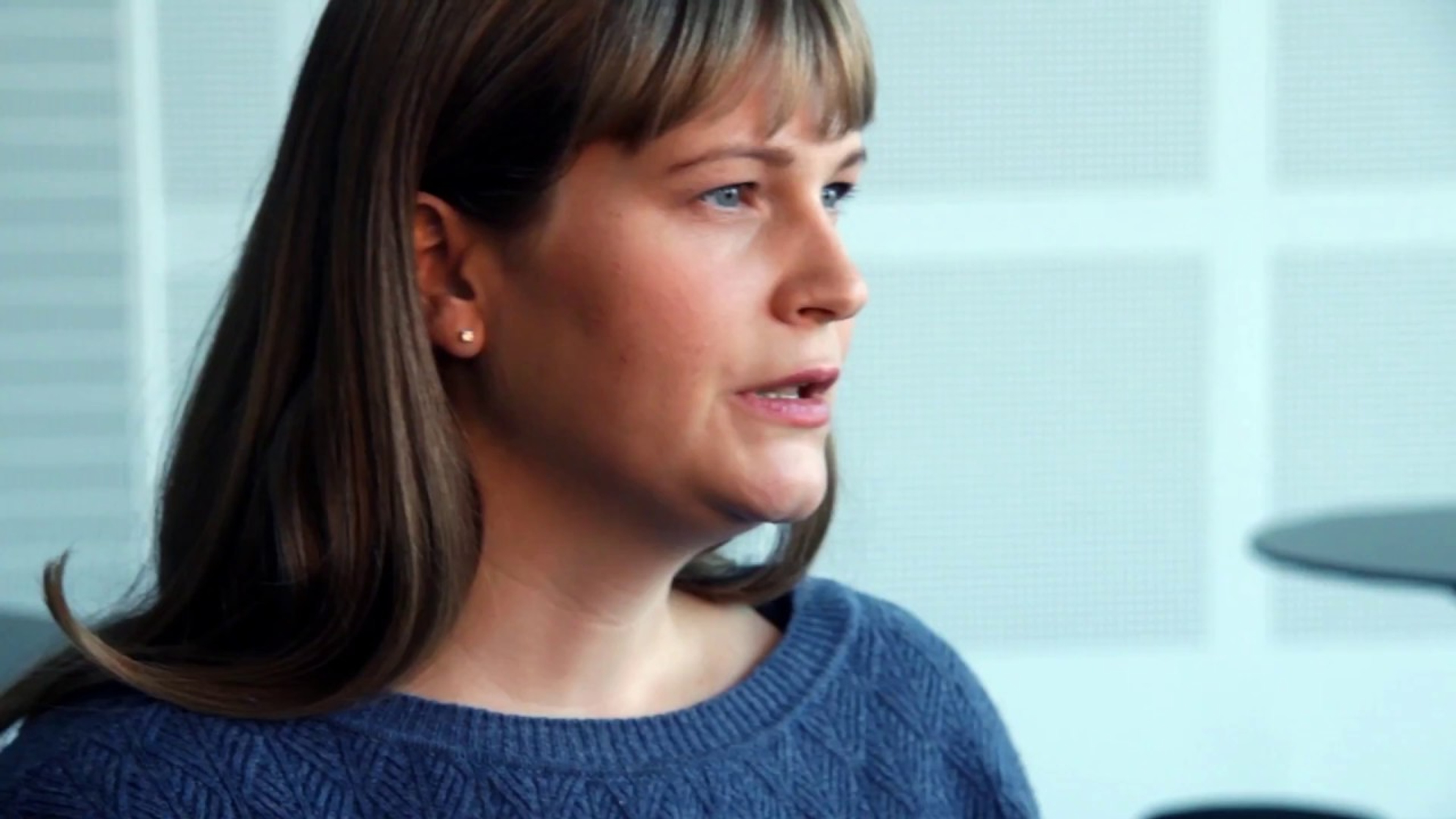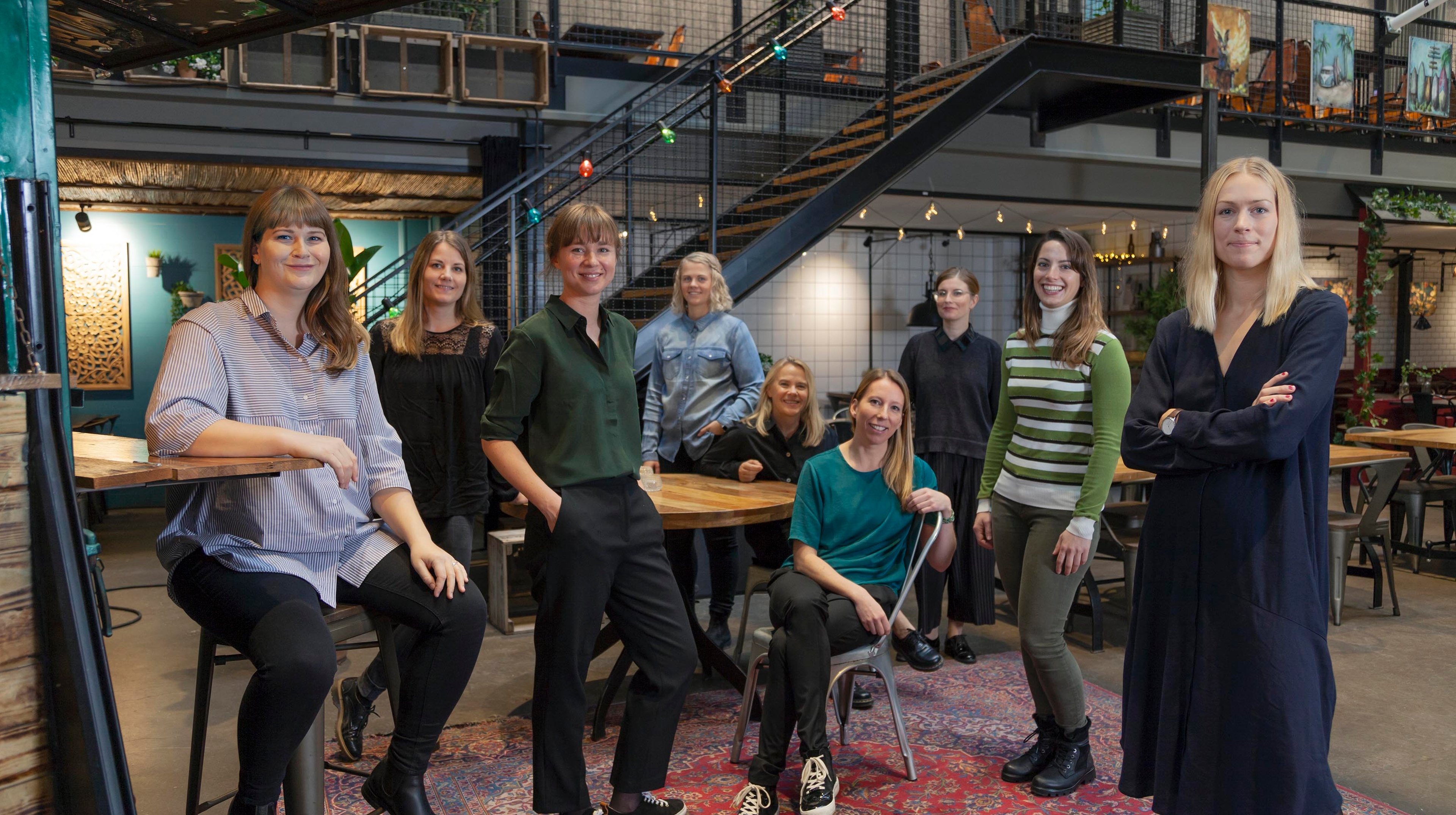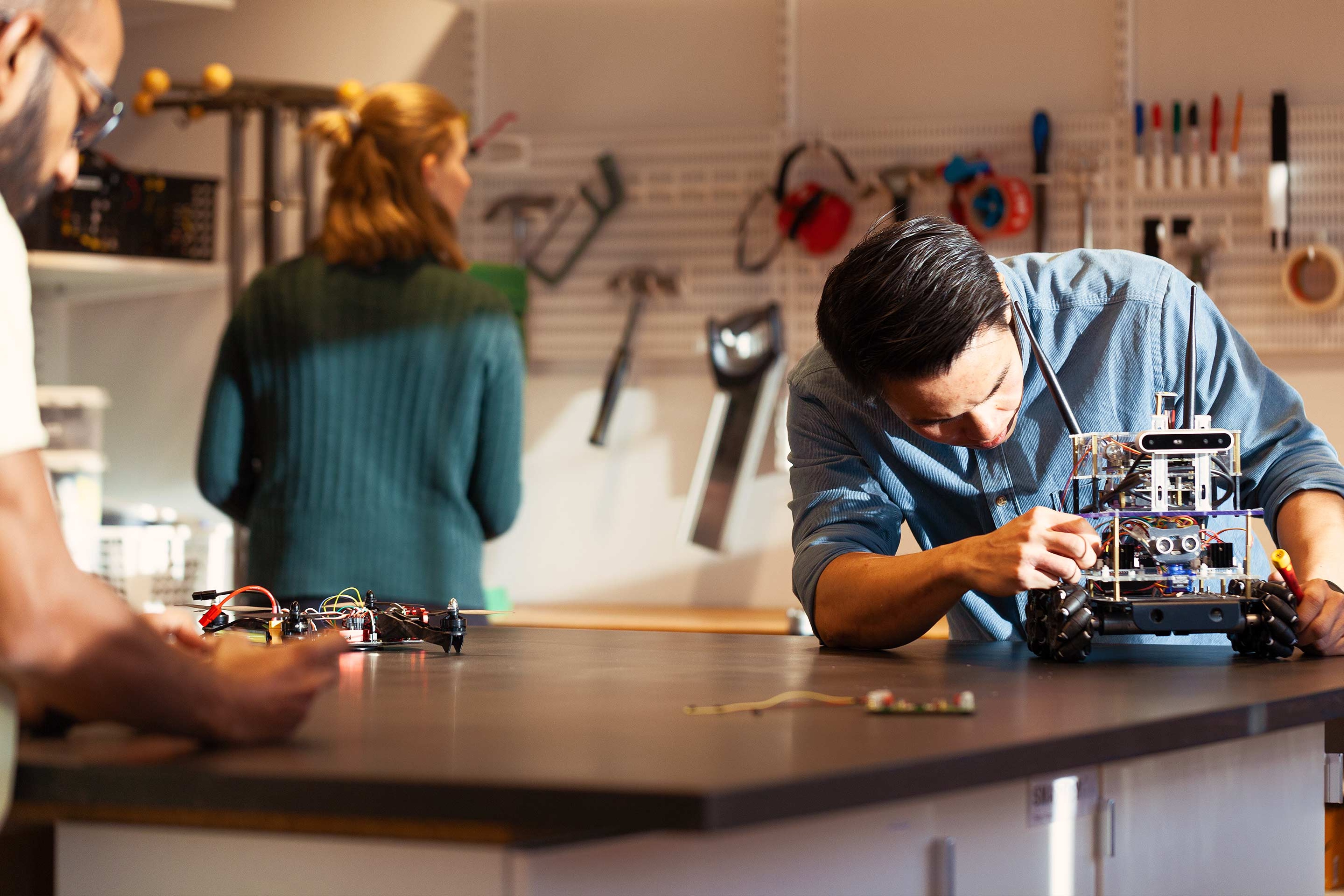ArticleProduct Development
Automatic Trailer Connection
Say goodbye to towbars. Semcon put together a team of women to provide more perspectives on technical development. And the result? A completely new way of connecting a trailer. While you stay in your car.

Why should connecting a trailer be such a hassle? So much so, in fact, that 50 per cent of people prefer not to bother at all. And why have towbars looked more or less the same since 1932? Last spring, Semcon asked people to submit examples of products that were lacking women’s perspectives – and received more than 500 suggestions. A number of them mentioned how complicated it is to connect a trailer to a towbar, making them feel insecure when towing trailers, heavy horse boxes, caravans and boat trailers. A survey carried out by Inizio/Semcon shows that 50 per cent of people prefer not to use a trailer at all. And of them, 70 per cent are women.
It’s easy to lose perspectives – not least women’s perspectives – when the majority of technical developers are men. Because if people see no problems with a product, there’s not all that much chance of them changing it.
– Markus Granlund, CEO of Semcon
An all-women team of product developers, took on the challenge. The objective was to create a concept for a smart, user-friendly solution that’s also futureproof for autonomous cars. A trip to the recycling, picking up a sofa or helping someone to move shouldn’t cause uneasiness or limit people’s mobility. The new towing concept, known as Automatic Trailer Connection, connects itself to the trailer. While you stay in your car.
How the concept works

When the car and trailer are about two metres apart, automatic connection can begin. The car reverses autonomously towards the trailer.
The car and trailer are both connected to the cloud, which allows them to communicate and position themselves correctly. There’s an alternative communication channel, Low Energy Bluetooth, if the data connection is poor.
Instead of a towbar, there’s a socket in the car’s bumper that secures and powers the trailer. A mechanical locking mechanism inside the car provides further security for the trailer.
The driver monitors the entire process via the reversing camera on the in-car display.
The trailer’s jockey wheel is retracted automatically by means of an electric motor which is also used to adjust the height during the actual connection sequence.
The in-car display provides information on the brake lights, weight and balance of the load, parking brake, speed limits, etc.
With this new concept, connecting a trailer is just like plugging in an ordinary device. And the car does all the work while you stay in your seat throughout the entire connection sequence. This concept is based on the smart systems that cars are already equipped with nowadays.
Given the vast amount of money that’s been spent on product development in the automotive industry over the past 80 years, it’s strange that nobody has done anything about towbars when so many people find it to be a complicated solution. New perspectives can sometimes be needed.
– Ida Borenstein, project manager for the Add Perspectives team
Women in technology

It’s well-known that there’s a lack of diversity in the technology industry, and that’s why many companies are paying attention to equality nowadays. Despite the fact that half of the technology users in the world are women, most of those developing the products are men.
"Working with women has been exciting and provided a number of creative perspectives. The solution itself is smart, but the biggest difference is the understanding of the needs and behaviours of the target group. This is something that needs to form an integral part of the work, not just appear in user studies."
– Ida Borenstein, project manager for the Add Perspectives team

Facts
The Automatic Trailer Connection concept is a result of the Add Perspectives campaign launched by Semcon in spring 2018 to highlight the fact that more women are needed in the technology industry. A team of selected product developers, all of them women, chose to focus on the towing arrangement and the many manual operations needed to connect a trailer. This concept was mainly devised to demonstrate what new perspectives can bring, but we’re hoping car and trailer manufacturers may be interested in taking it further in future.
